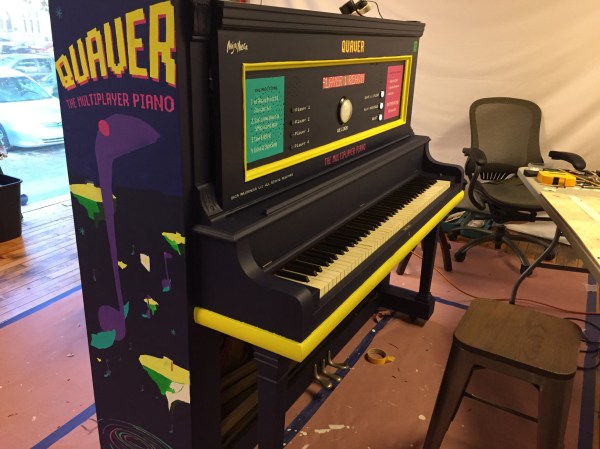[mulcmu], we suppose, frequently wastes a lot of water while daydreaming in the shower. While daydreaming in the shower one day, we suppose again, he came up with the idea of keeping on task while in the shower. Thus was born the shower metronome, [mulcmu]’s entry for The Hackaday Prize.
The goal of the shower metronome is two-fold. First, it reduces the amount of water used in the shower. Secondly, it keeps the user on time for work. The shower metronome does this with a small audio beep provided by a small microcontroller attached to the shower frame or shower curtain.
The guts of the device are an MSP430 microcontroller, a few coin cell batteries, and a hall effect sensor that turns the device on, just like a magnetic door or window alarm. The microcontroller choice is perfect for the application; the MSP430 is extremely low power, and the device only draws 1uA in low power mode. This means the shower metronome will last a while when used only a few minutes a day.























